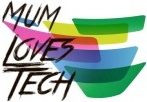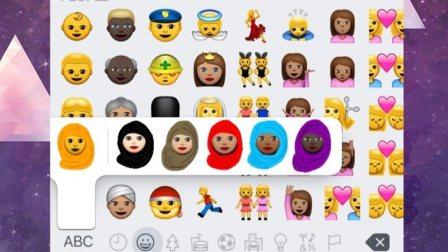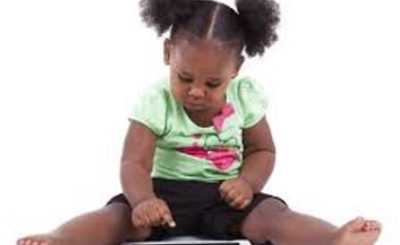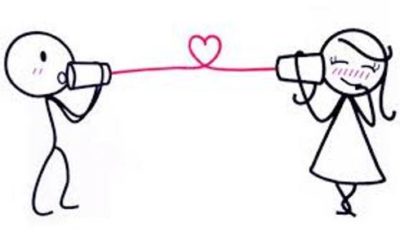To celebrate this year’s World Emoji Day (yes it exists, there’s Salt Day so why not?) Apple announced a hijab emoji alongside a collection of others including a coconut emoji.
This comes after the Unicode Consortium, a body charged with approving emojis, approved the emoji. This comes after 15-year-old Rayouf Alhumedhi submitted a proposal in September 2016.
Other new emojis include a breastfeeding emoji, bearded emoji, throwing up emoji (not sure we need one but oh well), genderless person, and sandwich emoji.
Emojis have become an important part of expression and the launch of the new set makes the Apple emoji collection a lot more inclusive.
The hijab emoji is one of the most progressive emojis that Apple has ever had. Apple says that this emoji will allow users to utilize greater diversity when expressing themselves.
The new collection of emojis is coming to iOS, MacOS, and watchOS and is set to be released later this year.
Alhumedhi’s Campaign
The idea of the hijab emoji was conceived when 15-year old Alhumedhim (a Muslim) created a new Whatsapp group with her friends in 2016.
The group settled on using a series of emojis to create the title of the group, one to represent each group member.
But there was a problem:
None of the available emojis really represented Alhumedhim since none wears a head scarf yet an emoji of a man in a turban already exists.
In September 2016, Alhumedhi submitted a proposal to Unicode indicating that there is no emoji that represented her.
She started an online campaign called Hijab Emoji Project. The campaign noted that some Christian, Jewish, and hundreds of Muslim women wear headscarves; hence, they needed representation.
The campaign went with the tagline ‘Bringing the hijab to a phone near you’.
The campaign also states that there is about 550 million hijab wearing Muslim women in the world. They add that this enormous number needs representation.
The hijab is a form of covering worn by Muslim women to cover their head and hair. It is a sign of modesty, identity, and a symbol of the Islamic faith.
Apple’s Inclusive Approach
Over the past couple of years, Apple has adopted an inclusive approach when it comes to emojis.
In 2012, the technology company added emojis depicting LGBTQ couples, in 2014, African-American emojis were introduced, in 2015 emojis with multiple skin tones were added.
In 2016, the company added art for female professionals and athletes. This also included single-parent family emoji.
Finally, 2017 just got even better at observing inclusivity. A hijab emoji is definitely a winner.
Reception
As expected, the new emoji attracted mixed reactions.
Some praised it while others were not having it.
Some tweeted that the hijab is a sign of oppression; hence, Apple’s use of the hijab emoji was a vote for oppression.
Another Twitter user mocked the whole idea in a tweet and it read in part “…I guess we shall be seeing explosive vests as back packs next!”
Another tweeted, “Any beheading Emoji?”
Regardless of the backlash, a hijab emoji is definitely a progressive approach and Apple should be lauded for that.







Leave a Reply